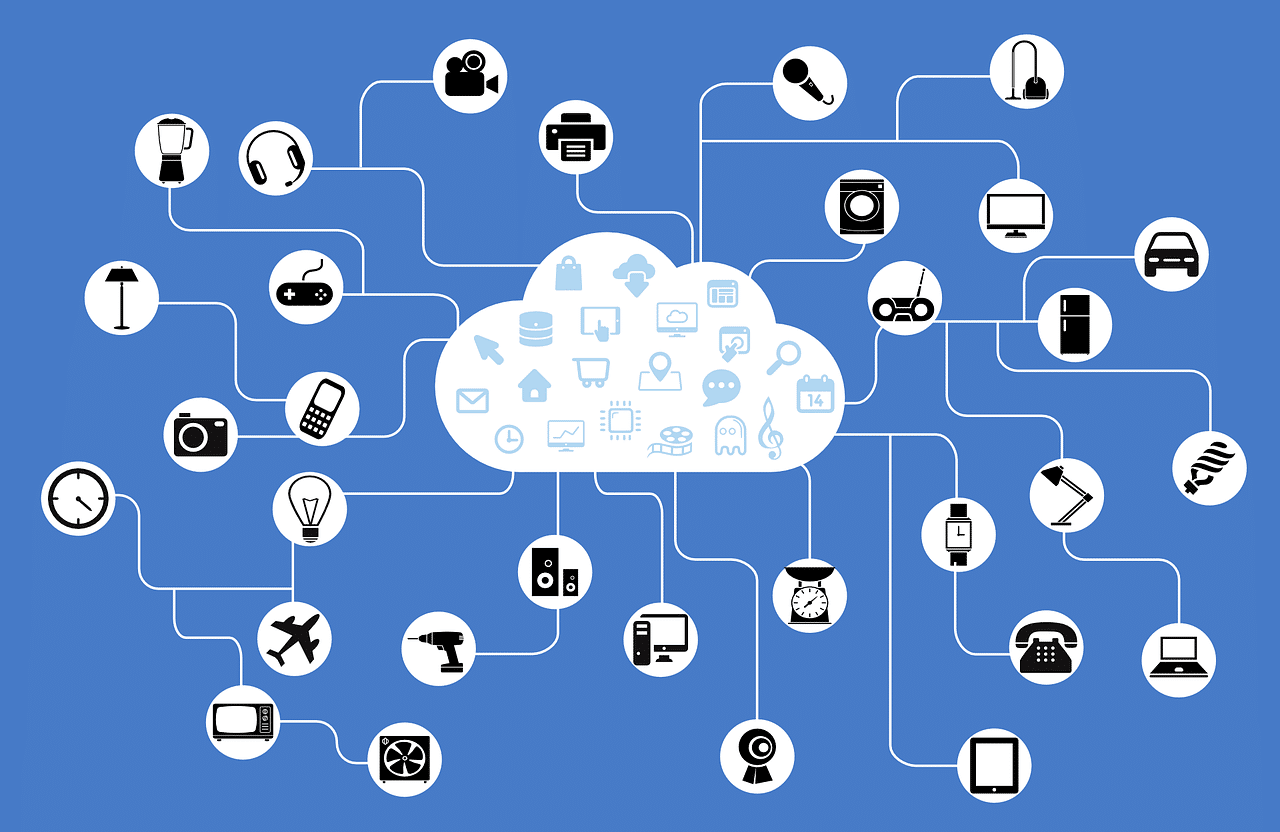Many companies and non-business organizations collect data using hundreds or thousands of devices. The pieces of data obtained from these Internet of Things (IoT) devices are retrieved when the devices deliver it via a reliable gateway. To ensure these devices are reliable, device manufacturers and the relevant Internet of Things system developers must consider how these devices should be managed.
IMAGE: PIXABAY
The Important Devices
Everyone likes to brag about the data they have collected. However, the unsung heroes are the devices that obtain this data. These gadgets collect data and transmit it to a centralized platform. The job of sending and receiving data is dull and probably boring to humans, the performance of the entire network depends on the condition of these devices. In case an embedded agent or a sensor fails, the consequences can bad.
Well, IoT device management isn’t as exciting as aggregating data or analyzing it. However, it is an integral part of a robust IoT strategy. All system operators and device manufacturers must monitor the devices to prevent potential system disruptions and downtimes. Besides, it’s essential for these professionals to have an action plan in place to address any issues that may show up.
The Internet of Things concept is changing, and company priorities can also vary depending on the insights obtained from the data. So, system operators require a scalable, efficient method to send updates to a large number of devices. Note that security is also a significant concern and whenever you discover a vulnerability, you should deploy patches immediately before the intruder can exploit the weakness.
Updating The Devices
What do you need to roll out the updates remotely to hundreds or thousands of devices scattered across the internet? Well, it’s not cost-effective for a device manufacturer to deploy updates and bug fixes using truck rolls. Device manufacturers should plan during the design stage for these forms of contingencies.
One major problem is that the collected data for IoT usually goes device-to-cloud. That means whenever device operators spot device anomalies, they can’t get the update commands to the specific device to address the issue. This is the primary reason the initial device design stage must consider the operating cycle, right from when the device is deployed to the time it’s decommissioned.
Are IoT Device Updates Important?
Yes, they are. The device cloud collects and integrates data from different IoT devices. It, therefore, helps the device operators to share the data with other individuals about the devices and then utilize that data to determine when a particular device will require an update. With the embedded software agent, all these details are securely transmitted to the cloud.
The cloud storage allows operators to view device information using a web-based device management console to perform various diagnostics and when necessary, take the right corrective action.
Besides, the device cloud integrates existing enterprise systems that are capable of analyzing the data from the Internet of Things network. The cloud’s data and event forwarding help in making sure that the device issues are sent to alert the operator of the potential issues. That means the operators can respond accordingly and prevent the acquisition of potentially bad data.
If you are interested in even more technology-related articles and information from us here at Bit Rebels then we have a lot to choose from.


COMMENTS